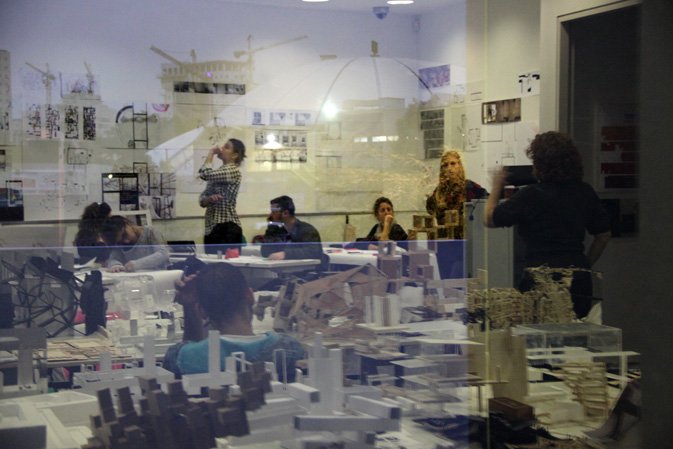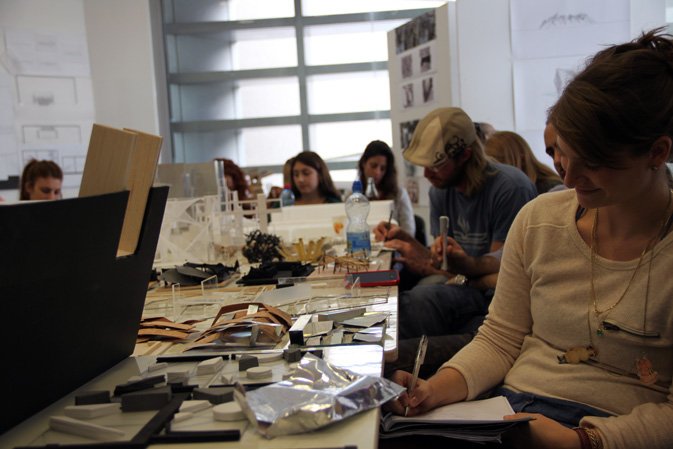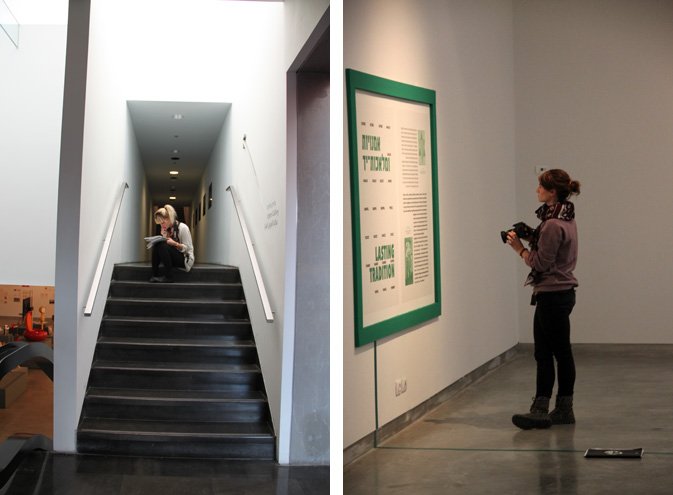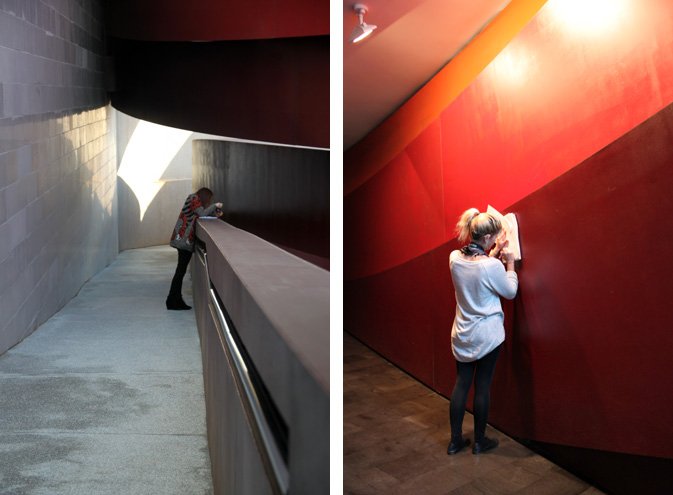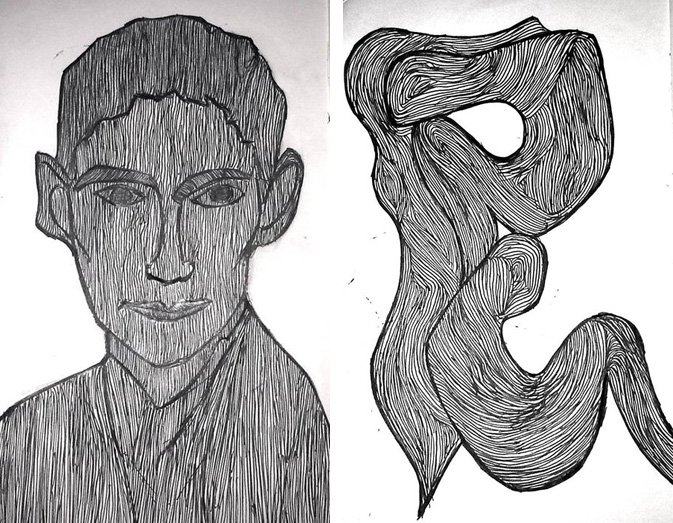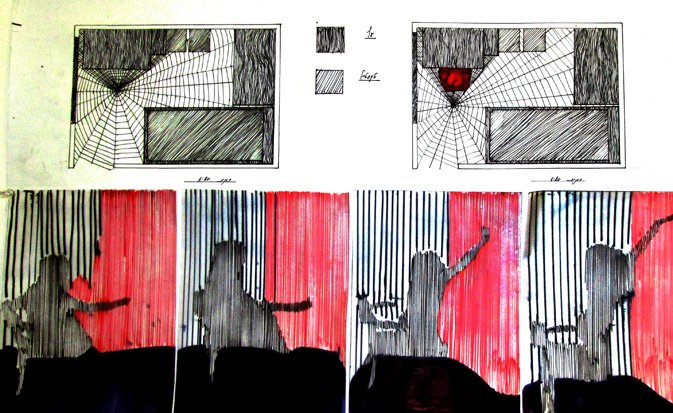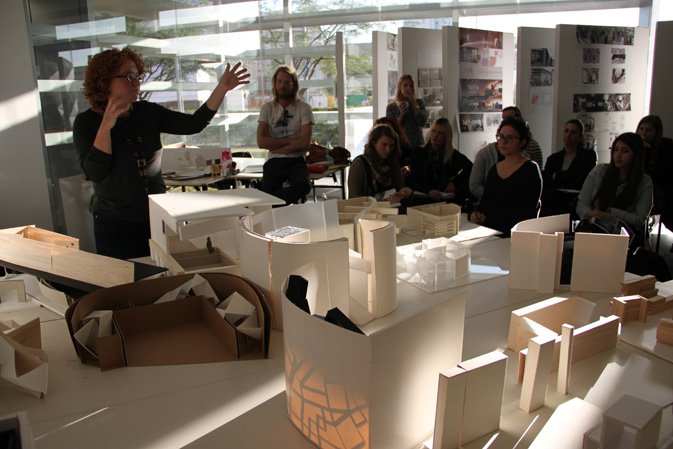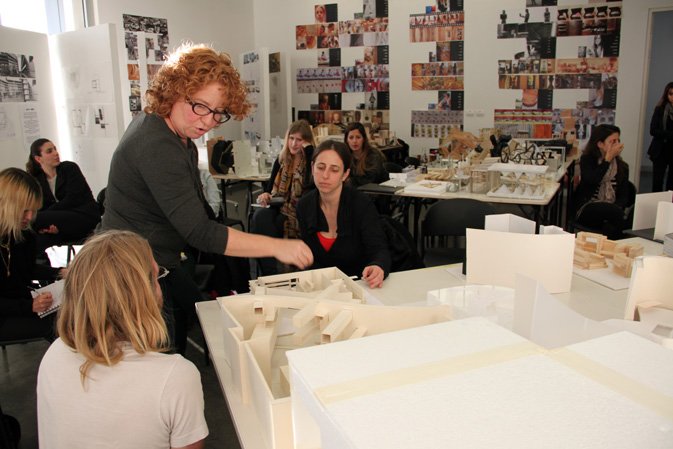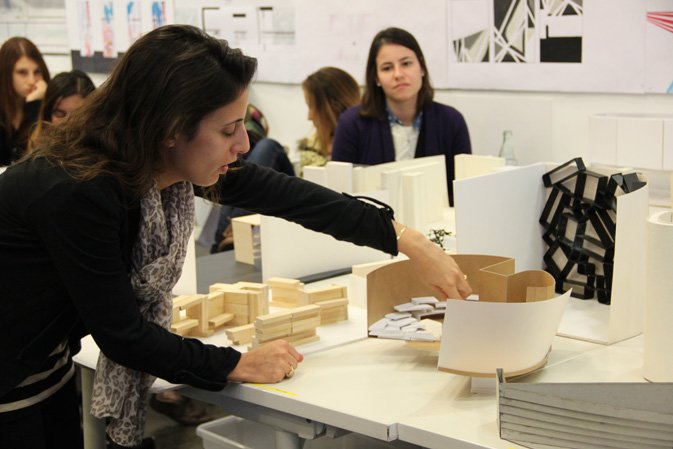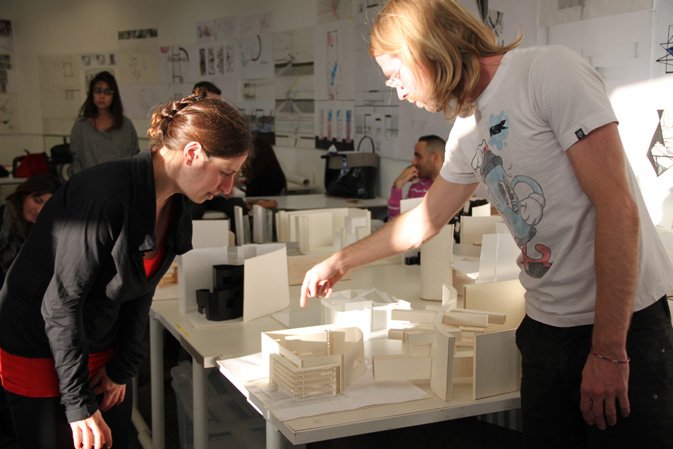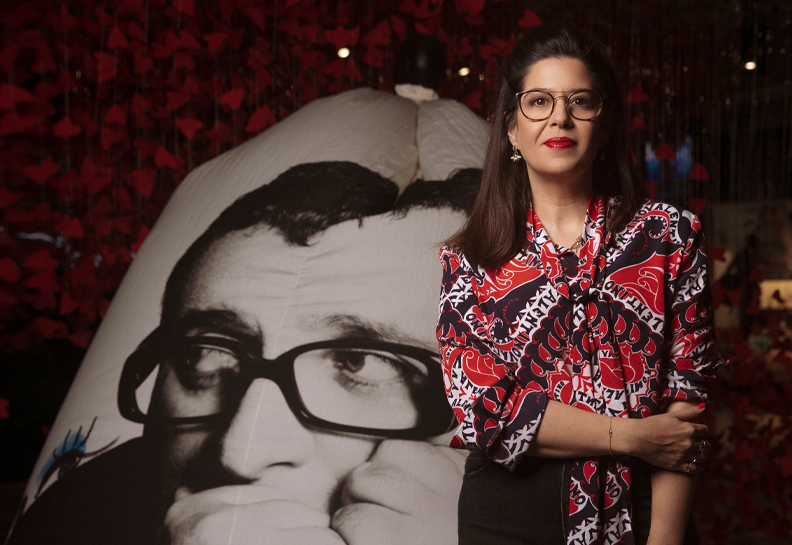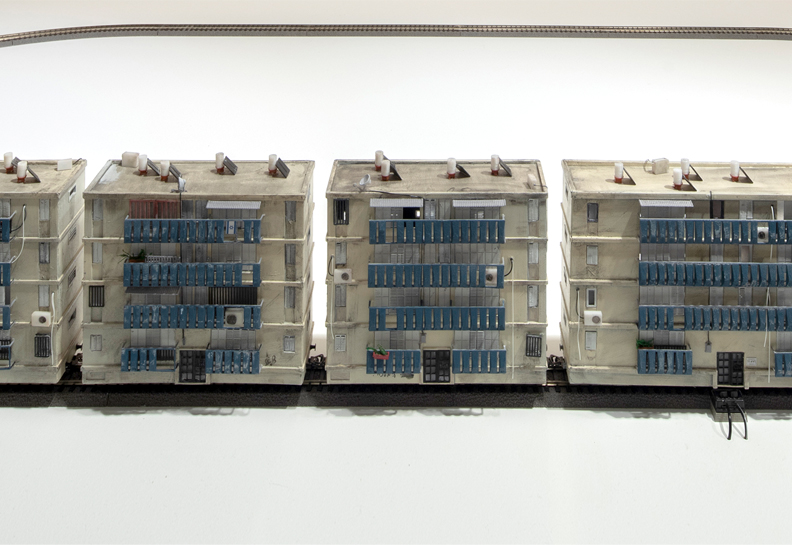The Design Lab is hosting the Second-year Design Studio from the Department of Interior Design, headed by architect Dr. Shoshi Bar-Eli and designer Ronit Dahbash.
The Design Lab at Holon Design Museum is hosting the Second-year Design Studio from the Department of Interior Design at the College of Management Academic Studies, headed by architect Dr. Shoshi Bar-Eli and designer Ronit Dahbash. The Lab will function as an interior design studio class and will be open to the Museum’s visitors who will be invited to actively participate in the learning and design processes. In the coming months the public will be exposed to the stages of interior design and will be party to the wide range of design practice.
Post 9
Written by: Dr. Shoshi Bar-Eli Photos by: Ronit Dahbash
Additional Posts: Introduction / Post 1 / Post 2 / Post 3 / Post 4 / Post 5 / Post 6 / Post 7 / Post 8 / Post 9
Reflections on the Planning ProcessAt the stage we are in, we are challenging everything we’ve accumulated throughout the process, and using the toolbox we’ve developed to take the creative action of intervening in the Museum space. At this stage it is very important not to rush to reflective observation of our total endeavor in order to understand the insights we’ve acquired, and how we can harness them to the implementation stage. It is important for us to be creative at this stage, and like a circus juggler to understand “the relationship between all the balls we’re simultaneously tossing into the air”.
Much has been written about creativity, the sources of creativity, its secrets, and about how creativity can be enhanced in each and every one of us. I chose to present a lecture on creativity given by comic genius John Cleese of Monty Python fame, who examines the parameters required for each of us to make our lives more creative. The main argument in his lecture is that “Creativity is not a talent. It is a way of operating”.
Although rather long, I recommend listening to it in its entirety.
According to Cleese, in order to be creative, we must shift between open and closed modes of thinking, and maintaining a balance between them is very important. Cleese concludes with a recipe (five factors to make your life more creative) and the following promise:
“This is the extraordinary thing about creativity: If just you keep your mind resting against the subject in a friendly but persistent way, sooner or later you will get a reward from your unconscious”.
In order to observe the process reflectively, I asked the students to use the following five sentence openings:
1. I discovered that…2. I hope that…3. The stage that interested me the most (and why) is…4. (Describe) my experience in the Museum Lab…5. What interests me the most in my project (and why) is…6. In the space I chose to intervene…
The students aren’t accustomed to writing reflectively, or about the process they are undergoing in the Lab. Their honest and personal answers reveal each student’s uniqueness, and the emphases that interest him or her in the planning process. Understanding the differences between the students enables their advancement in accordance with the emphasis identified in their writing, and of course the strengthening of absent aspects.
The students’ answers revealed three main emphases: personal emphasis on the process, emphasis on the space and concepts associated with space, and emphasis on needs and behavior. It is important to note that each student addresses all three aspects, but not in the same depth and level of importance.
Students adopting a personal emphasis mainly engage with questions about their personal process, its motivations, components, and how they learn and progress from one stage to the next. Those whose emphasis is on the space and its concepts mainly engage in understanding the concept or the spatial situation, and how it serves as an engine for design, and examine their experience in the space (which is usually not connected with a specific function). Students whose emphasis is on human needs and behavior mainly place emphasis on choosing the function and the way the space will be designed according to their choice.
I have chosen to present a selection of the students’ answers that represent the different emphases:
Personal emphasis on the process:Maayan Metzer * I discovered that…”I discovered that your learning environment can change your motivation to learn, and that the atmosphere in which you learn and the people you learn with can greatly influence and develop your work process”.
* I hope that…”I hope I’ll have an opportunity in the future to experience such an exceptional experience again, of learning outside the framework”.
* In the space I chose to intervene…”The idea and thinking about the difference and connection between private and public space stemmed from the connection with the Museum – when I wandered around the exhibition showing in the Museum, I really related to the part about ‘Creative Minds’ – where it says that when they didn’t have [materials], they had to recycle and reuse the same objects for different uses each time. This led me to think about space that’s recycled in Israeli society, like the balcony for example”.
Dean Schreiber * I discovered that…”During the process, when I chose my object – the chair – that contains a lot of history and sentimental value in my family, I discovered that I really like telling a story and connecting with it”.
* The stage that interested me the most (and why) is…”The stage that interested me most was when we had to connect the exhibition currently showing in the Museum to our process. At first I didn’t believe I’d be able to connect the exhibition with the Museum. But I believe that ‘all roads lead to Rome’, and indeed, I found a category that suited me – ‘Personal Democracy’, which is about designers in Europe being independent to develop in design and to be exposed to new things after a grey period of Communism. In my intervention I grant a form of democracy to visitors entering the Museum by providing them with the possibility of buying a ticket, and then to engage individually in different actions, including reading, resting, sitting, undressing, and so forth”.
The line theme from Dean’s personal drawing technique to public design:
Part of the mapping process:
* (Describe) my experience in the Museum Lab…”My experience in the Museum was amazing. Working in an important museum in Israel with a unique structure that has earned it an international reputation, accorded such great importance to the Studio. The fact that it was outside the school gave the Studio a different feeling. Working in the Museum enabled us to feel that we belong to something. And in my view, sometimes, feeling that you belong to something gives you a sense of pride and commitment”.
Emphasis on spatial concepts:
Shiri Schreiber:
* I discovered that…”In the process I discovered what light is, what it can create, and its ability to tell a story. I understood that point of view is individual, and the greatest challenge is to tell the story of your point of view”.
“The work process varies from person to person, and each person identifies different attributes in the space. In my process I discovered that what interests and intrigues me is the ability to connect several spaces in a single view, whether by using light, transparency, or reflection. The Museum Lab is a strengthening and challenging experience. For me, the fear and challenge of fitting into the Museum space is not only about corresponding politely with an existing space, but also about intervening in it in an intelligent way that accentuates the qualities of the place”.
Emphasis on needs and behavior:
Ofri Yifrach: * I discovered that…”The process I’ve undergone so far has taught me to look at my collection of things in an inclusive way that combines everything and doesn’t necessarily separate the stages. Taking the right details from each stage made my project richer, more interesting, with different points of view”.
* The stage that interested me the most (and why) is…”The stage that interested me the most was the mapping of my private space, the inquiry I conducted around the candle-lighting ceremony, my discoveries from the mapping – the fact that two ceremonies exist in me, one that precedes the candle-lighting ceremony, and includes preparing for Shabbat, and the other which is the actual candle-lighting ceremony”.
Moran Gozali * I discovered that…”I discovered that by building a language you can build and change spaces, and then create functions from this language as well. I discovered that building models helps me more than sketching to understand human scale and a given space. I discovered about myself that every little thing in the world has a language that can be developed, whether it’s the object with which we began this process, or anything else”.
Roza Shmailov: * I discovered that…”I discovered that I’m curious about understanding how children act in a museum, and what interests them in particular. I’m interested in examining what I can do to make children spend more time in museums. During my inquiry I discovered that I’m very interested in investigating how technology can be incorporated in the Museum, and I understood that I’m really interested in different elements, textures, and materials”.
Next WeekI intend to take the students’ texts, and in a joint discussion to show them each student’s sphere of interest, and how this can be expressed in their intervention in the Museum. We’re at the height of the implementation stage, and next week we will see the beginnings of the students’ interventions in the Museum space.
Additional Posts: Introduction / Post 1 / Post 2 / Post 3 / Post 4 / Post 5 / Post 6 / Post 7 / Post 8 / Post 9
